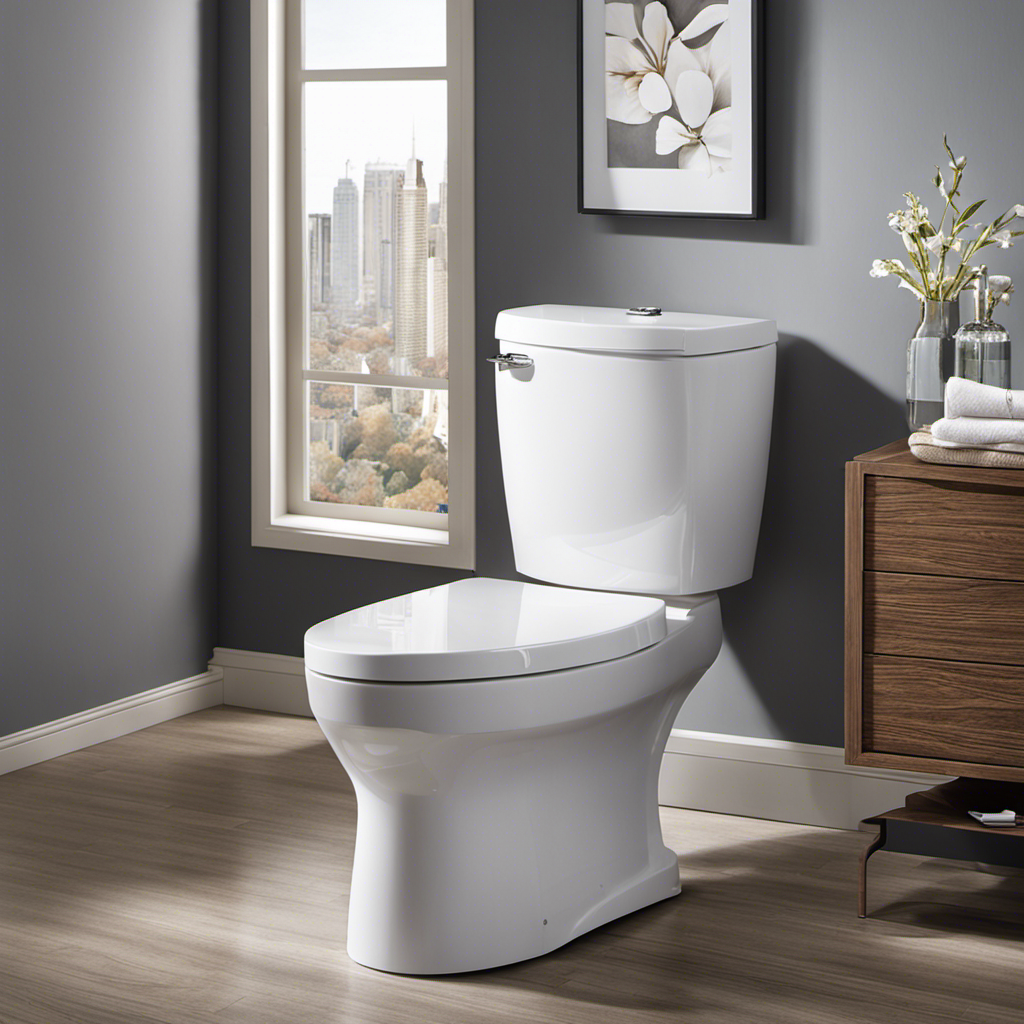Welcome to our journey into the mysterious world of what happens when we flush the toilet. Join us as we uncover the secrets of the sewer system and explore the fascinating process of waste treatment.
From the moment we send our waste on its way, to the final destination of treated waste, we will delve into the intricate workings of this vital system.
Get ready to master the knowledge of where all that stuff really goes!
Key Takeaways
- The journey of waste from the toilet to the treatment plant involves flushing waste through pipes and into the sewer system, emphasizing the importance of proper sewer maintenance to prevent blockages and ensure smooth flow.
- Treatment plants play a crucial role in removing pollutants and contaminants from wastewater, protecting water sources and ecosystems from pollution. Advanced technologies are used to improve efficiency, and sustainability is essential in evaluating energy consumption and environmental footprint.
- The final destination of treated waste depends on its intended use and environmental regulations. It can be sent to landfills, reused for irrigation or industrial purposes, or released back into rivers or oceans after meeting quality standards.
- Wastewater disposal methods can have negative environmental impacts, including the release of greenhouse gases, potential groundwater contamination, impact on ecosystems, and public health risks. It is important to consider the environmental impact in wastewater disposal to protect ecosystems, preserve public health, and ensure sustainable waste management.
The Journey Begins: From Toilet to Sewer
When we flush the toilet, the journey of our waste begins as it travels through the pipes and into the sewer system. Sewer maintenance plays a crucial role in ensuring the smooth flow of waste and preventing blockages.
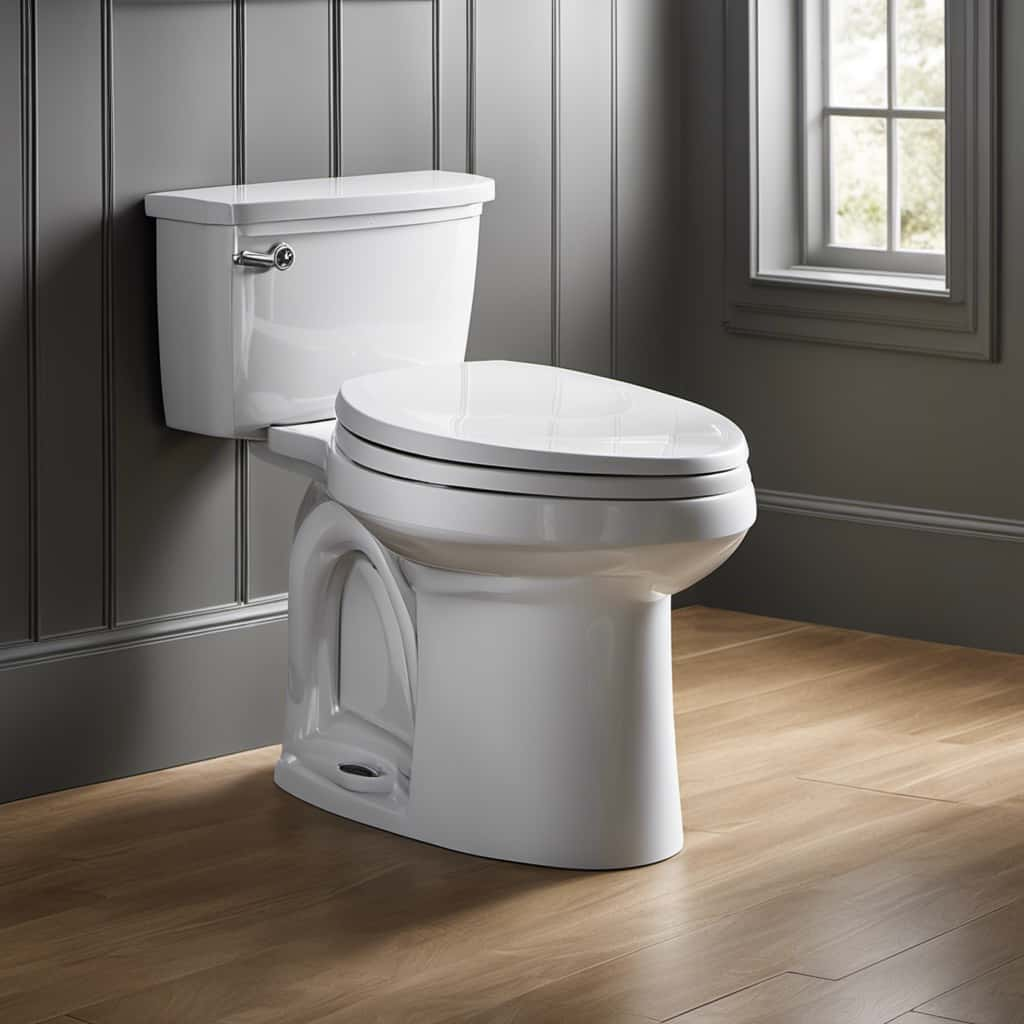
The sewer system consists of a network of underground pipes that collect and transport wastewater from various sources, including toilets, sinks, and showers. These pipes are designed to carry the waste to a treatment plant where it undergoes a series of processes to remove impurities and harmful substances.
Proper sewer maintenance involves regular inspection, cleaning, and repair of the pipes to prevent clogs and backups. It also helps to minimize the environmental impact of sewage by ensuring that it’s safely transported and treated, reducing the risk of contamination to water sources and ecosystems.
Navigating the Sewer System
As we navigate the sewer system, our waste travels through a network of underground pipes towards the treatment plant. These underground networks of pipes are an essential part of wastewater management. They’re designed to efficiently transport the waste and wastewater from our homes and businesses to the treatment plant, where it will undergo a series of processes to remove pollutants and contaminants before being released back into the environment.
These underground pipes are carefully engineered to ensure the smooth flow of wastewater, minimizing the risk of blockages and leaks. Regular maintenance and inspections are carried out to identify and address any issues that may arise within the sewer system. This intricate network of underground pipes plays a crucial role in ensuring the proper management and treatment of our waste.
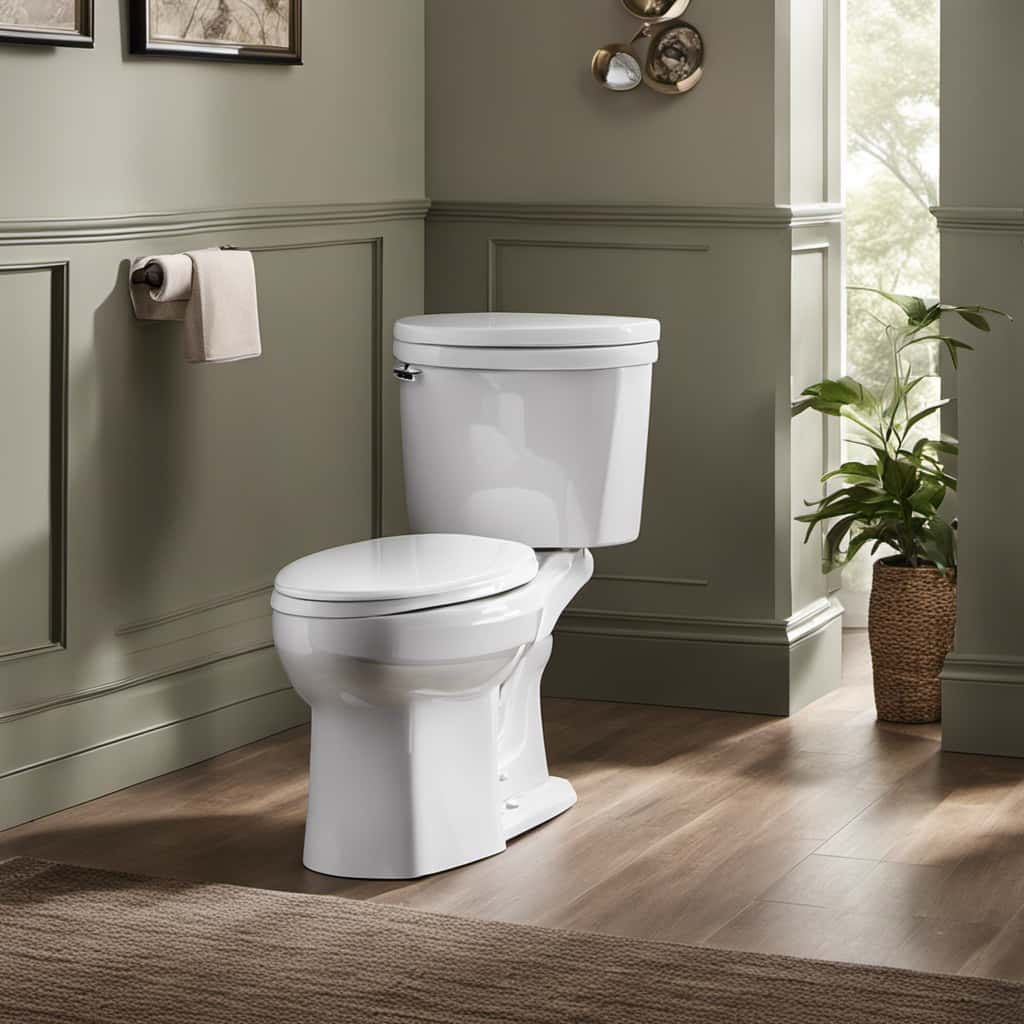
Treatment Plants: Where the Magic Happens
Once our waste reaches the treatment plant, it undergoes a series of processes to remove pollutants and contaminants before being released back into the environment. These treatment plants are crucial in ensuring the sustainability of our ecosystems and the health of our communities.
Here are three key aspects to consider when assessing the environmental impact and technological advancements of treatment plants:
- Environmental Impact: Treatment plants play a vital role in protecting our water sources and ecosystems. By removing harmful substances and reducing the levels of contaminants in wastewater, these plants significantly decrease the potential for water pollution and its detrimental effects on aquatic life.
- Technological Advancements: Over the years, there have been remarkable innovations in wastewater treatment processes. Advanced technologies, such as membrane filtration, ultraviolet disinfection, and anaerobic digestion, have improved the efficiency and effectiveness of treatment plants, resulting in cleaner and safer water discharge.
- Sustainability: Assessing the sustainability of treatment plants involves evaluating their energy consumption, resource usage, and overall environmental footprint. Implementing energy-efficient systems, incorporating renewable energy sources, and adopting greener practices are crucial for reducing the carbon footprint of these facilities and ensuring their long-term sustainability.
The Process of Treating Waste
To begin treating waste, we start by collecting and transporting it to the treatment plant. This step is crucial in preventing environmental impacts caused by untreated waste.
Once at the plant, the waste goes through a series of processes to remove impurities and harmful substances. First, the waste is screened to remove large objects like plastics and paper. Then, it undergoes primary treatment, where solid particles are settled and removed, and the liquid portion is sent for secondary treatment.
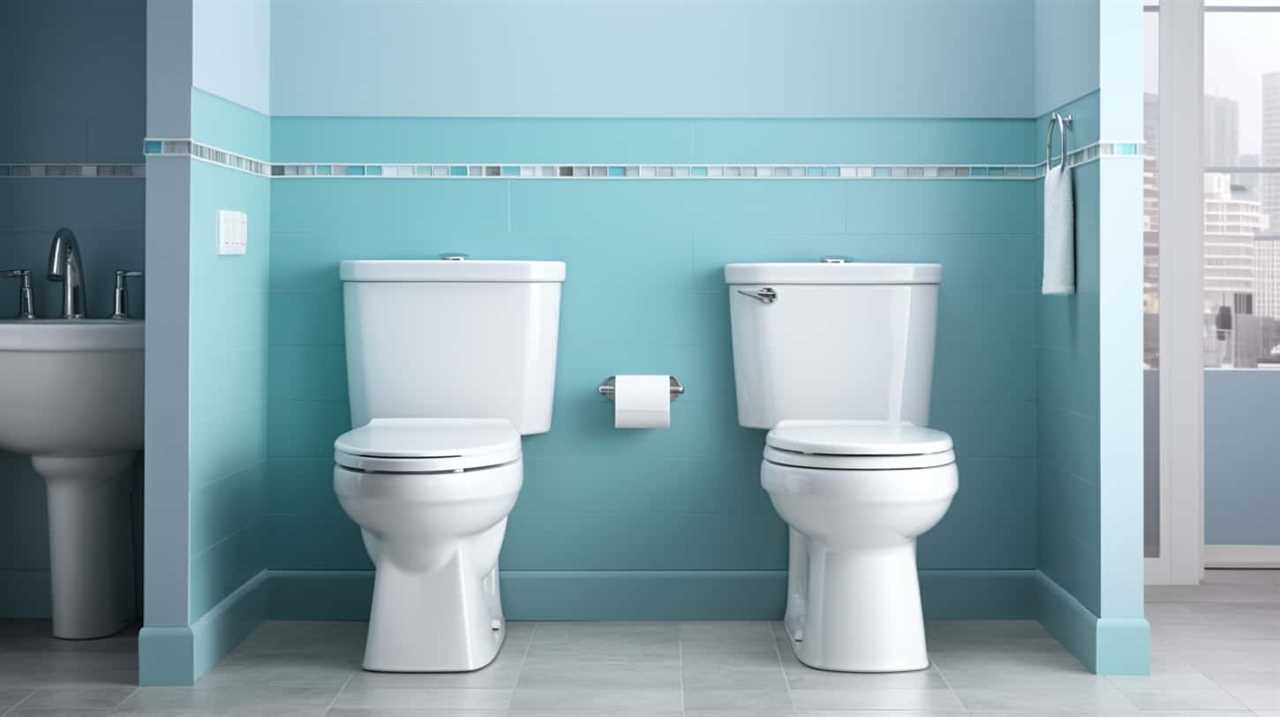
In this stage, microorganisms break down organic matter, further purifying the water. Finally, the water is disinfected using chemicals or ultraviolet light to kill any remaining pathogens.
Innovations in waste treatment have led to the development of new technologies such as anaerobic digestion and membrane filtration, which enhance the efficiency of waste management and reduce its environmental impact.
The Final Destination: What Happens to the Treated Waste
After undergoing a series of processes to remove impurities and harmful substances, the treated waste’s final destination is determined based on its intended use and environmental regulations. Here are three possible outcomes for treated waste:
- Landfill Disposal: In some cases, the treated waste may be sent to a landfill for final disposal. Landfills are designed to safely contain and isolate waste from the environment. However, this method can have negative environmental impacts such as the release of greenhouse gases and the potential for groundwater contamination.
- Agricultural Use: Treated waste can also be used as fertilizer in agriculture. This method, known as land application, provides valuable nutrients to crops while reducing the need for chemical fertilizers. However, careful monitoring is required to ensure that the waste doesn’t contain harmful pathogens or excessive levels of certain chemicals.
- Water Reuse: In certain situations, treated waste can be further purified and reused for non-potable purposes such as irrigation or industrial processes. This approach reduces the demand for freshwater resources and minimizes the environmental impact of wastewater discharge.
It is crucial to consider the environmental impact of the chosen disposal method to ensure the protection of our ecosystems and public health.
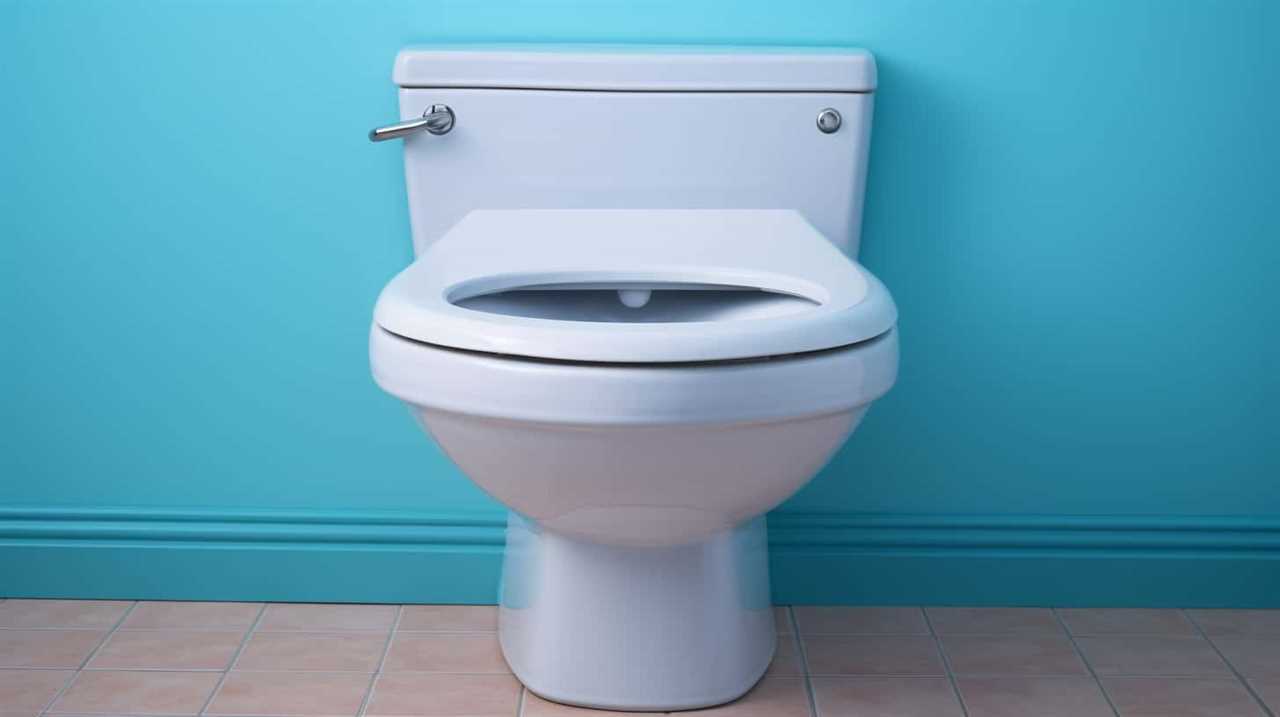
Frequently Asked Questions
How Often Should I Have My Septic Tank Pumped?
We recommend regular septic tank maintenance to avoid a full tank. Signs of a full septic tank include slow drains, odors, and sewage backups. Pumping frequency depends on factors such as household size and water usage.
Are There Any Health Risks Associated With Sewage Treatment Plants?
Health hazards and environmental impact are important considerations when it comes to sewage treatment plants. We must be aware of potential risks to our well-being and the planet’s health as we manage wastewater.
Can Flushing Non-Biodegradable Items Cause Clogs in the Sewer System?
Flushing non-biodegradable items can cause toilet clogs and have a significant environmental impact. It is important to only flush biodegradable waste to prevent blockages in the sewer system and protect the environment.
What Measures Are Taken to Ensure the Treated Waste Is Safe for the Environment?
Safety protocols and environmental impact are paramount when treating waste. We ensure the treated waste is safe for the environment through rigorous testing, advanced filtration systems, and adherence to strict regulations.
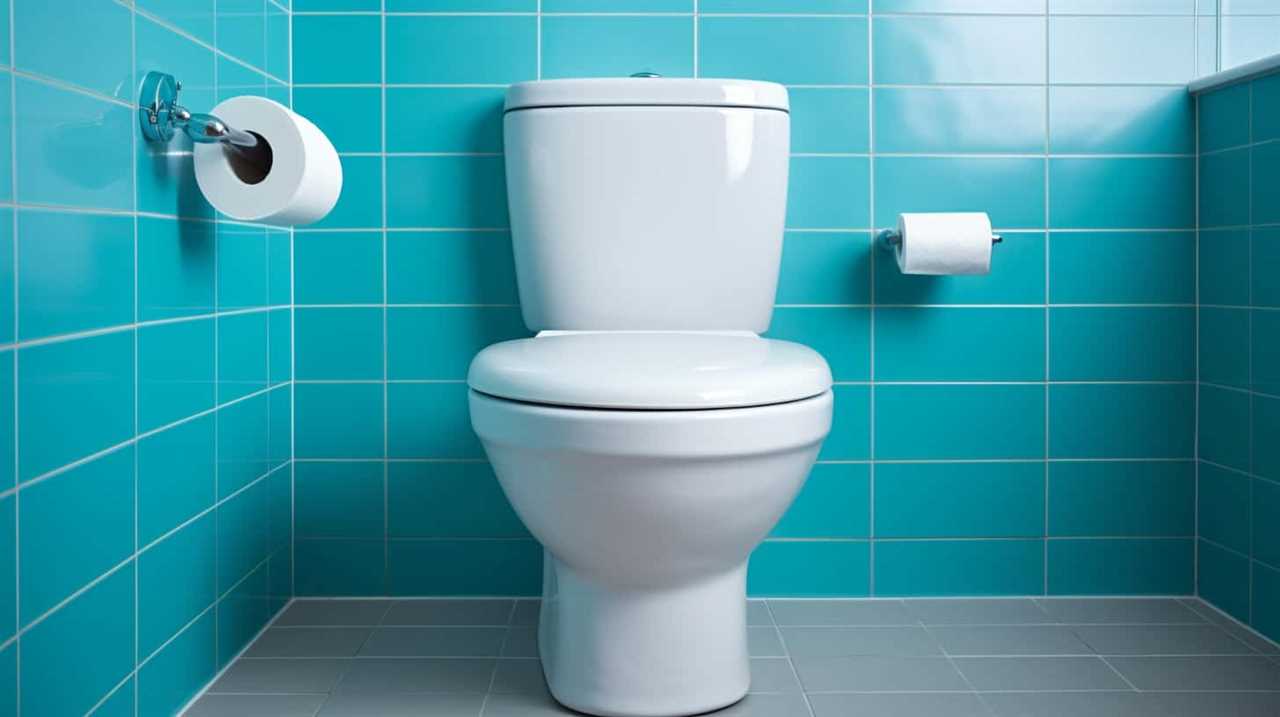
How Does the Sewage Treatment Process Vary Between Different Countries or Regions?
Sewage treatment technology and its environmental impact vary between countries and regions. Different systems are employed, such as activated sludge, trickling filters, and anaerobic digestion, to remove pollutants and ensure safe disposal of wastewater.
Conclusion
In conclusion, the journey of our flushed waste is a remarkable and intricate process.
From the toilet to the sewer, through the maze of pipes and treatment plants, our waste undergoes a transformation.
The treatment plants work their magic, filtering out impurities and ensuring the safe disposal of the treated waste.

It’s a journey that may seem mundane, but its significance can’t be overstated.
Our waste takes a grand voyage, leaving us with a sense of awe and appreciation for the marvels of modern sanitation.





